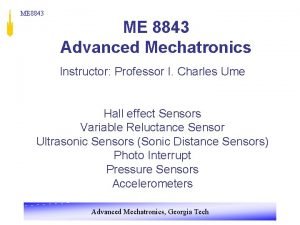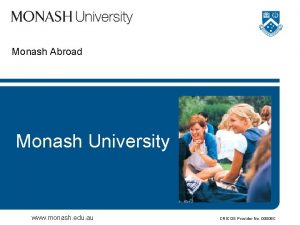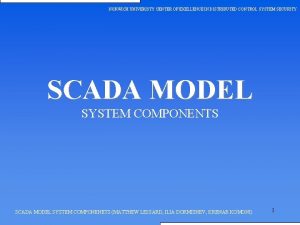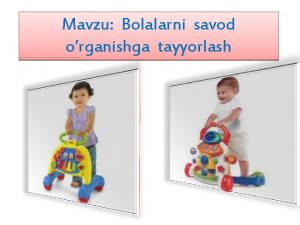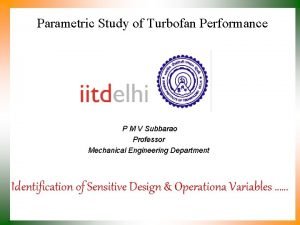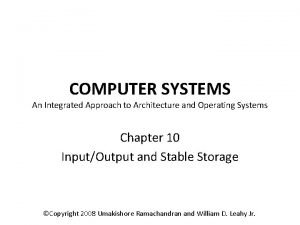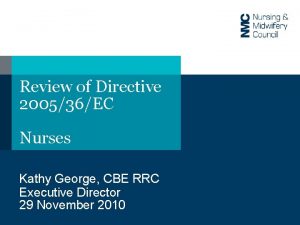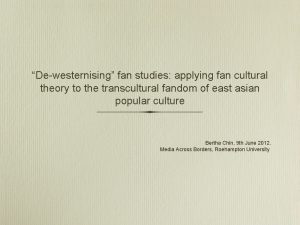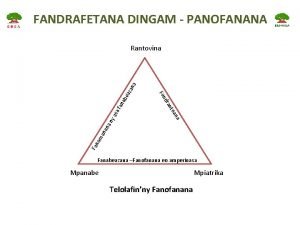Directive 200536EC Directive 201355EU Ardian Cerava Univeristy Fan














- Slides: 14

Directive 2005/36/EC Directive 2013/55/EU Ardian Cerava Univeristy “Fan S. Noli” Korce Mostar, Bosnia and Herzegovina

Directive 2005/36 The guarantee conferred by this Directive on persons having acquired their professional qualifications in a Member State to have access to the same profession and pursue it in another Member State with the same rights as nationals is without prejudice to compliance by the migrant professional with any non-discriminatory Conditions of pursuit which might be laid down by the latter Member State, provided that these are objectively justified and proportionate.

Directive 2013/55 � Directive 2013/55/EU of 20 November 2013 presents the agreed amendments to Directive 2005/36/EC on the recognition of professional qualifications. It covers EU 28 and the three EEA countries.

Background � Directive 2005/36/EC on the recognition of professional qualifications fell due for review five years after coming into force in 2007. In 2011 the Commission set in train a farreaching consultation and evaluation process. Politically, it was driven by President Barroso’s determination to ‘re-launch the Single Market’ in response to the crisis in the eurozone and beyond. Specifically, this aimed at:

Background � raising the level of cross-border service delivery � increasing cross-border professional mobility, particularly where patterns of demand had been significantly changed by demographic factors, notably in healthcare � reducing the level of professional protectionism � bringing the Directive into closer alignment with Directive 2006/123/EC on Services in the Internal Market

What is new in the amended Directive? �A route to wider automatic recognition for professional qualifications has been opened up by the introduction of common training frameworks (CTFs) [Recital 25 and new Article 49 a]. These will allow groups of MSs – at least one third of the total number (i. e. 10 of EU 28) – to agree curricula based on ‘common sets of knowledge, skills and competences’. Other MSs may then opt in.

What is new in the amended Directive? � The curricula may be proposed by representative professional bodies operating at EU or national level, or by Competent Authorities (CAs 3 are normally ministries or statutory regulatory bodies). The reference to ‘knowledge, skills and competences’ is significant and marks a shift towards competence-based curricula which is visible throughout the amended Directive

What is new in the amended Directive? � Who might take advantage of this facility? Medical and dental specialties – that is to say, training programmes pitched at the level beyond basic medical and dental training – which exist in two fifths of MSs (i. e. currently 12) are already subject to automatic recognition

What is new in the amended Directive? � Specifically, the amended Directive perpetuates the lack of clarity characterising the definition of the two higher education levels (d) and (e). The previous Article 11 defined (d) as ‘at least three and not more than four years’ duration’ and (e) as of ‘at least four years’ duration’, thus allowing four -year training programmes to be assigned either to (d) or to (e)

What is new in the amended Directive? � The same is true in the sectoral professions, where the durations formally prescribed in hours and/or academic years ‘may’ also be expressed as ECTS credits: for medical doctors (Article 24), general care nurses (Article 31), dentists (Article 34), veterinary surgeons (Article 38), midwives (Article 41), pharmacists (Article 44) and architects (Article 46). The Commission’s proposal to allow ECTS to be used in postgraduate dental specialties has not been retained.

Medical doctors � The requirement that medical doctors undergo at least 5 500 hours of theoretical and practical training is retained, but set within a minimum five-year, rather than sixyear, period. This is to bring the Directive into line with the practice in some MSs which effectively operated five-year programmes.

Nursing � The same is true of the minimum 4 600 hours required in the training of general care nurses. The major amendment here concerns the length of succesfully completed general education which must precede the training course. Previously it was at least 10 years. Now, thanks to sustained pressure for nursing to become a graduate profession, requirement becomes 12 years in those MSs which deliver nursing training in HE institutions.

Midwives � For midwives, there has long been more than one route to qualification. Route 1 (three fulltime years of theoretical and practical study) must now be preceded by at least 12, rather than 10, years of successfully completed general education.

�Thank !!!!!! you for your attention
 Ardian shajkovci
Ardian shajkovci Ardian shajkovci
Ardian shajkovci Ardian shajkovci
Ardian shajkovci What is fanout in vlsi
What is fanout in vlsi Deu nexia fan sensornexia fan sensor
Deu nexia fan sensornexia fan sensor Monash abroad opening hours
Monash abroad opening hours Lancaster univeristy
Lancaster univeristy Norwich univeristy
Norwich univeristy Are fan worms decomposers
Are fan worms decomposers Bolalarni savod o'rganishga tayyorlash
Bolalarni savod o'rganishga tayyorlash Energy transformation diagram
Energy transformation diagram Fan pressure ratio
Fan pressure ratio Emp fil-15 electric fan
Emp fil-15 electric fan Disk scheduling algorithms
Disk scheduling algorithms Zhiwen fan
Zhiwen fan




